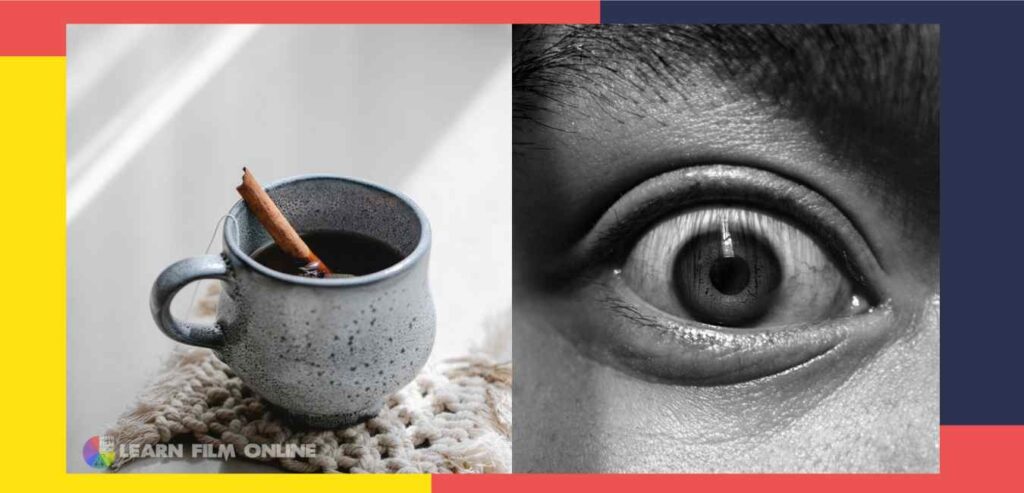Juxtaposition is the film editing technique in which two or more shots are combined to evoke an idea or state of mind. A juxtaposition of two shots can also be called as a montage, but is commonly referred to as the juxtaposition of multiple shots to depict an event often in either stretched or condensed time.
The term ‘Juxtaposition’ in its literal sense means displaying noticeable contrast in two pictures, frames, phrases, words, objects etcetera when placed side by side.
Juxtaposition in films was introduced by Russian filmmakers like Professor Lev Kuleshov and Sergei Eisenstein. Kuleshov realized that placing two footages side by side creates an interesting effect by depicting or inciting emotions in the spectators after looking at a particular image and evolve in a new idea or can change the narration of the films or specific sequence altogether.
Kuleshov then experimented this particular technique in order realize, understand or estimate the exact effects of Juxtaposition. Subjects in this experiment were shown a short film that included three close-ups of actor Ivan Mosjoukin followed each time by a different shot—a girl in a coffin, a bowl of soup, and a woman lying on a divan.
When asked to describe the man’s state of mind as per each close-up by the subject, they nevertheless answered with different responses – sadness for the juxtaposition with the dead girl, hunger for the juxtaposition with soup, and lust for the juxtaposition with the woman on the divan, when in fact, Mosjoukin’s close-ups were the same shot and his face expressionless (poker face). The experiment conducted bore results that said or described that the answers were based on the point of views of subject, it can be said that they projected the emotions that they felt after looking at the aforementioned pictures. They perceived the situations as the images of ‘the soup bowl’, ‘dead girl in the coffin’, and ‘a woman lying on the divan’ appeared accordingly, although the image of Ivan was the very same in every situation.
Juxtaposition apart from being able to incite or instil emotions in the hearts and minds of audiences, has many other uses as well. It is often needed in particular sequences and so, can be used in any art form including the films or videos, it was the first step towards changing a meaningful narrative of the film.
Alignment of two different sequences side by side can create contrast between scenes and also helps in bringing out many different emotions like suspense, thriller, comedy etcetera.
Just like other editing techniques this particular one also has its own importance and significance. The very first impactful change after using juxtaposition in films enabled the filmmakers to break the linear structure and cutting the reels for making ‘editing more powerful’ then ever before.
Juxtaposition is always there in every cuts and placement of shots but when an editor starts using it precisely and meaningfully then that placement helps the audience to enjoy more and their work as an editor becomes appreciable or applaudable as then it can become easier and better for the audience to understand.
#Juxtaposition #JustapositionInEditing #VideoEditing #FilmEditing #FilmMaking #CinemaScience

